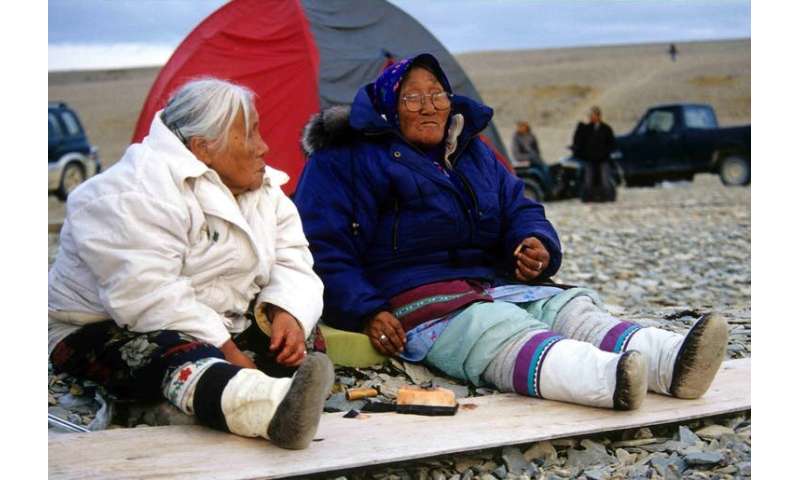Rising electricity and gas prices may make you reconsider cooking a roast or stew on your stove. Why are you cooking that meat?
After all, you may provide stylish beef carpaccio, flavorful wild boar’s liver, coppa, or pancetta on your menu. You might become a paleo-keto-carnivorous pilgrim if you learn to enjoy raw meat with dreams of building a ripped torso.
Humans are omnivores, meaning we can digest and survive on raw meat. The Inuit, like others living in colder climates, eat raw seal, caribou, elk, or whale meat.
From Europe to Japan, uncooked cuts of horses, chickens, and goats are served as a little delicacy. While some bodybuilders advocate raw meat and offal diets, others advise against it (carefully selected).
Raw meat has also been utilized as a form of treatment. French doctors suggested it as a tuberculosis cure in the late 1800s. It appeared to be successful at times.
However, the researchers identified two issues. To begin with, getting clean raw meat was tough. Second, their patients despised their daily raw meat intake of half a pound.
Instead of employing the beef juice, the treatments were changed. This “zomotherapy” was more popular and, according to them, had a lower risk of causing tapeworm infections.
George Minot and William Murphy looked into raw liver therapy for pernicious anemia. They were awarded the Nobel Prize in 1934 for their groundbreaking work in isolating vitamin B12.
Cooking destroys B12, which is stored in the liver of herbivores. These early studies found that eating raw meat could be dangerous because it could get you sick or be infested.
Microbiological dangers.
We share this world with the creatures we eat. We are all surrounded by an incredible variety of uncountable microorganisms, some of which may be shared during meals.
As a result, an enticing piece of raw flesh necessitates a thorough inspection. Is there anything like prions, viruses, bacteria, fungi, or parasites in it?

Inuit elders eating muktuk (raw whale skin and blubber).
Although many of these creatures are innocuous, others can be deadly if not handled properly. Some disorders, such as prion-linked brain ailments, are incurable. Some will even regard us as food. The pathogens in deer from a recent hunt will be different from those in a farm-raised steer.
When the bacteria Escherichia coli was first discovered in 1885, it was assumed to be harmless. E. coli 0157 can be found in up to 50% of healthy cattle. Their Shiga toxins can cause kidney failure, shock, and death because they can’t be broken down by our stomach acid.
Joseph Lister, the inventor of surgical sterilization, was the inspiration for Listeria. It’s a dirt bacterium that can grow on a steak in your fridge, then spread through your body and brain, or even get into your placenta, causing miscarriage and fetal death.
Toxoplasmosis gondii, a protozoal parasite from cats that thrives on cattle and people, can be found in beef. Toxoplasmosis can enter the brain, retina, heart muscle, or even pass through the placenta, causing harm to the fetal brain. Some of these consequences may take years to manifest; after that raw lunch, you probably won’t notice anything.
While there are no demonstrated benefits to eating raw meat, there are significant microbiological risks. (Feeding raw meat to your pets carries comparable concerns.) There is a chance that you could get Campylobacter and Salmonella infections, as well as parasites like roundworms and tapeworms.
The desire in some sectors to revert to eating raw meat should be weighed against the facts of “one health,” which takes into account the overall health of people, animals, and our environment.
We’re not on our own. Many microorganisms, which are usually kept at bay by proper food handling and cooking, would love for humans to live like wolverines. This would make them happy.





